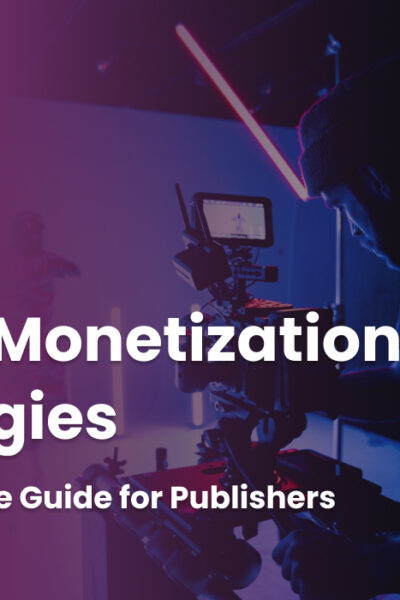The publishing industry is no stranger to disruption, but the changes the sector currently faces are challenging the established foundations of online advertising. These are being driven by both technology and compliance, with growing restrictions being put in place at both government and industry levels.
Laws like Europe’s General Data Protection Regulation (GDPR) are redefining how publishers are able to collect and use data. This is compounded by the fact that the industry is moving away from using third-party cookies, which up until now have been a mainstay of audience tracking, measurement, and targeting within the digital ad ecosystem. Moreover, publishers are contending with Apple’s planned restrictions to its Identifier for Advertisers (IDFA). And all this is without taking into account the effects of the global pandemic.
Despite this challenging landscape, marketers and advertisers still need to be able to reach their audiences and provide the personalised experiences that consumers have come to expect. And they need to know that they are maintaining control over their own data while preserving consumer privacy. The requirement for opt-in consent means building real relationships with audiences; relationships that are formed on known attributes gathered actively and with understanding and consent, not data that has been gleaned from inferred fragments.
It’s clear that browser changes and an increasing focus on user privacy have prompted a reaction from the industry, and many see this as the perfect opportunity to adopt a solution that better meets the needs of all parties. A key alternative lies in developing publishers’ first-party audience authentications. Building a base of authenticated users, for example, by requesting an email address for access to additional content as part of transparent value exchange, provides publishers with the perfect way to rebuild and restore trust. These authenticated audiences can then be used to help connect the specific needs of marketers and advertisers with an addressable inventory.
The pandemic has enabled publishers to bring forward discussions with partners and advertisers to make the required structural changes to the way they do business. To support this, many publishers are taking action, both internally and externally, by building direct relationships with advertisers and bringing in new technology and partners.
Indeed, as advertisers become increasingly hungry for the kinds of insight and targeting that first-party data can offer, and more brands recognise its value, we’re likely to see a greater shift towards the creation of private marketplaces and direct deals. Direct deals give advertisers far greater control over where their ads are placed, helping to address some of the key concerns that many have had with programmatic over the years, including addressability, quality of inventory, viewability, and placement – as well as delivering known audiences.
There are already positive signs that a closer relationship between the buy-side and sell-side is emerging – creating environments that give publishers more power and brands more transparency. In our report “The State of Publishing: Monetizing inventory without third-party cookies”, in which we surveyed 55 advertisers from both brands and agencies – as well as 52 global publishers – from traditional news publishers to community sites – we found that 73% of advertising respondents are already working with publishers (excluding walled gardens) directly and that 81% of publishers have already started building direct-to-advertiser relationships.
Yet, there’s still a lot of work that needs to be done, as our research showed that 69% of publishers surveyed said that up to half of their revenue currently comes from data-driven programmatic advertising and that 71% expect up to half of their revenue to continue to come from this method even after cookies are gone. This is backed up by statistics coming from the buy-side. When asked to split their buys between direct and programmatic, on average, advertising respondents said that split was 64% programmatic and 36% direct. So, it seems that advertisers still have a penchant for programmatic, and this could well remain the case while the new ways of working become fully embedded in the ad buying ecosystem.
However, this is likely to change as authenticated publisher audience knowledge becomes increasingly seen as a viable source for segmentation and targeting.
Content from our partners
This will mean there is an opportunity for more direct relationships between the buy- and sell-side, which can help marketers connect their data with an addressable inventory. This is being seen by many as a source of empowerment for publishers and a source of value for brands, and something that puts publishers in a strong position to be big winners in a changing environment.












